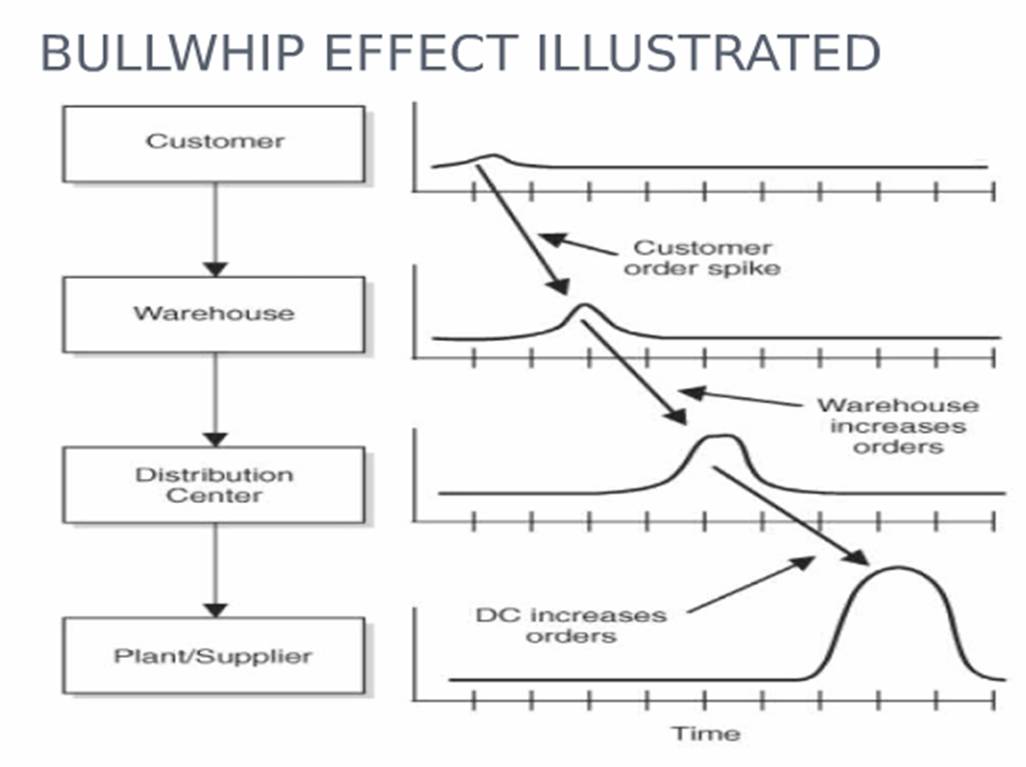For the longest time I used a post-paid mobile phone. The hassle of recharging regularly, combined with the attractive rates available on post-paid “corporate” plans, meant that right from the time I graduated business school (in 2006) till I moved to England in 2017, I almost wholly used postpaid phones.
And then in England, I got a prepaid sim upon landing, and then soon discovered that it wasn’t more expensive than a postpaid (and there was no paperwork), and I kept the prepaid. Upon returning to India earlier this year, I’ve continued with a prepaid phone, with a Reliance Jio number. A few months back, I took an annual plan with Jio, paying for a year what I used to pay Airtel in less than two months before I moved out of India.
One of the reasons I don’t really mind having a pre-paid now is that it is far less of a hassle than postpaid. I have a 12 month program, for which I paid once, and until next May I don’t need to worry at all. There is one less bill to be paid each month.
And one thing that makes this “hassle-free” is that I don’t need to check my usage at all, either in terms of voice and data. It is a nicely bundled plan, with zero marginal cost for either calling or using data (the latter up to a (very high) limit). When there is a per-call charge, the balance notification at the end of each call places a mental cost (even if it is a low marginal cost), and you sometimes wonder if you need to call at all, or when you need to recharge.
The “current” zero marginal cost plan by Jio (I had a similar plan from EE in the UK) means that there is no such mental cost, and you can treat your prepaid mobile like you used to a postpaid.
Now things are changing. There are regulatory issues in India – on the “inter connection charge”. When a Jio customer calls an Airtel customer, Jio has to pay Airtel 6 paise per minute for Airtel’s service of completing the call on its network. This was earlier 14 paise a minute, which came down to 6 thanks to Jio’s lobbying, and was supposed to go away entirely in 2020.
When the entire market has settled on a zero marginal cost plan, like it is the case in the UK, inter connection charges don’t really matter. In India, however, there is massive asymmetry. People on older plans from Airtel and Vodafone still pay a lot for their calls, so they don’t mind paying a high interconnection charge, and want to receive a high inter-connection charge.
So over the last couple of months you’ve had massive lobbying, and hilarious exchanges like the debate among the major telcos regarding “missed calls” and how long the phone should ring.
Anyway, it appears that the inter connection charges won’t go away next year as planned. Jio is not happy. And in order to show its spite, it has decided to start charging for calling. A marginal charge of 6 paise a minute is going to be applied on Jio customers calling non-Jio phones.
I don’t see how this is going to be good for the Jio customer (I’m protected since I’d bought a long term plan earlier this year). The mental cost of calling comes back. You need to start worrying about what network the person receiving your call uses. You start getting that balance notification at the end of your call. You might need to recharge before your validity is over, creating more mental cost.
In other words, it seems like a rather dumb move by Jio. While it has clearly been taken to show that the operator is pissed off with the competition and the regulators, it is likely to hurt Ji0’s own business and drive its customers to the competition.
There were several smarter ways to handle this. Basically the problem is that Jio’s costs aren’t coming down as expected, so it needs to charge more. And there are several ways of charging more without imposing a mental cost.
One, the price point itself can be increased. Instead of Rs. 150 a month, it can charge Rs. 160. Second, instead of “unlimited free calls”, they can offer “1000 minutes of free calling per month” or something like that, with a different plan offering 2000 minutes of free calling per month. And so on.
But no. Reliance is more interested in making a statement than serving its own customers. And so it comes up with hare-brained schemes like charging per call “outside the network”. It will be interesting to see how their growth goes like over the next few months.

